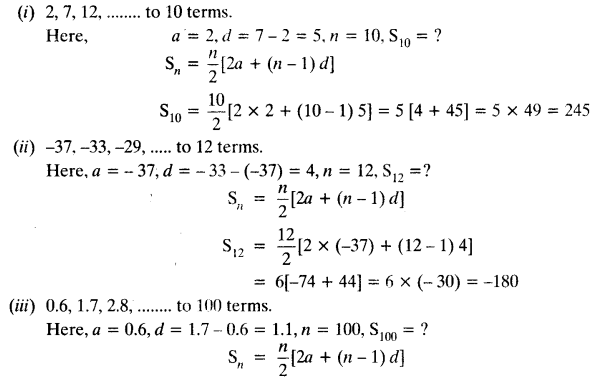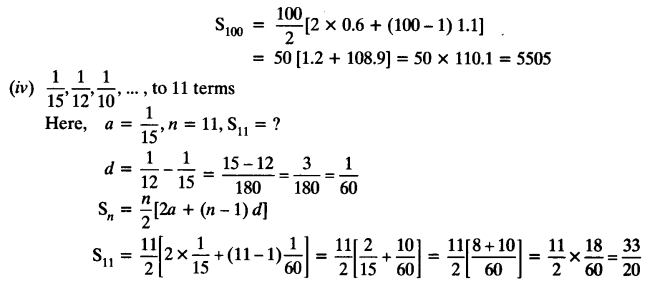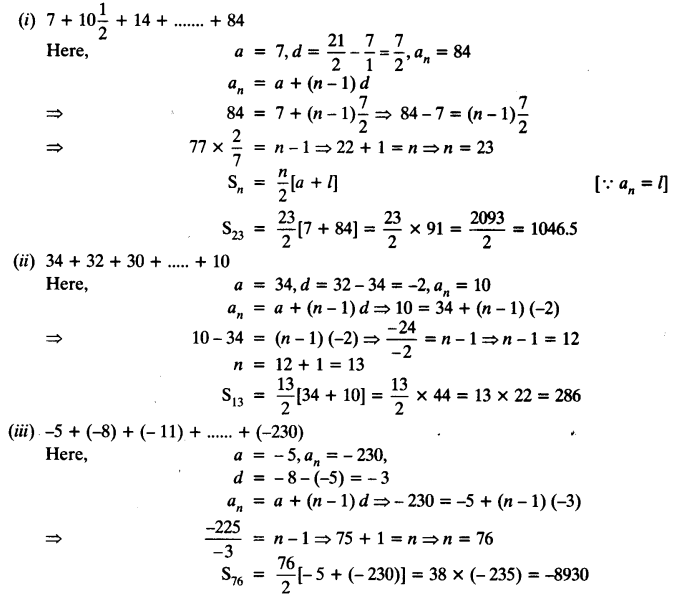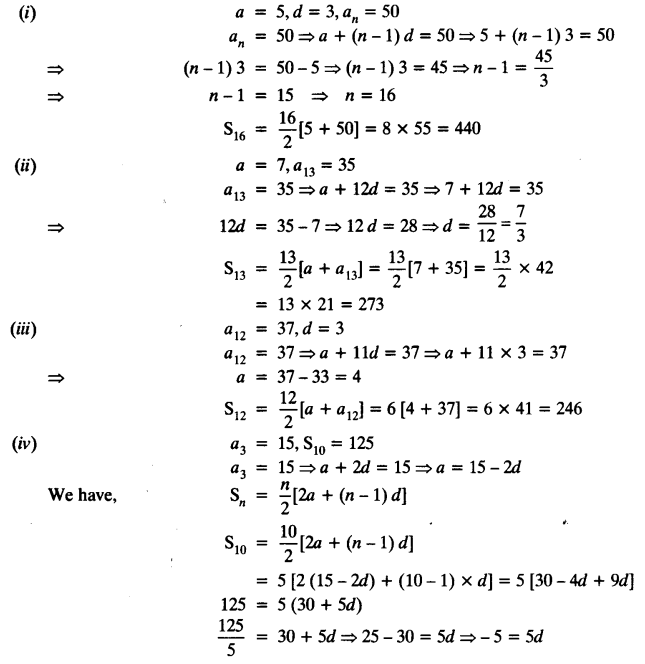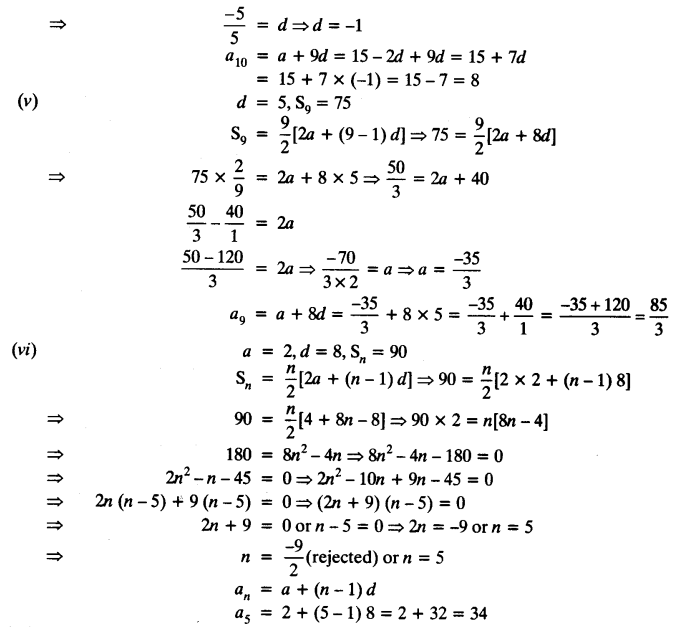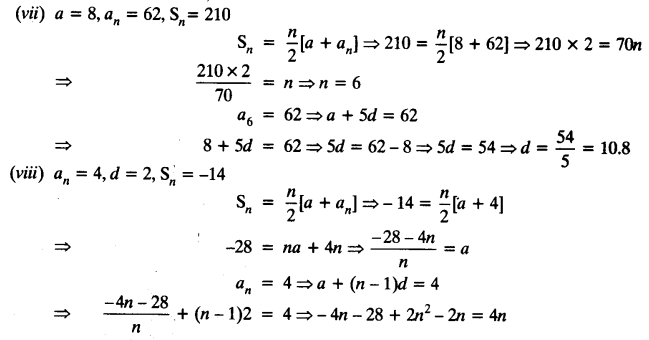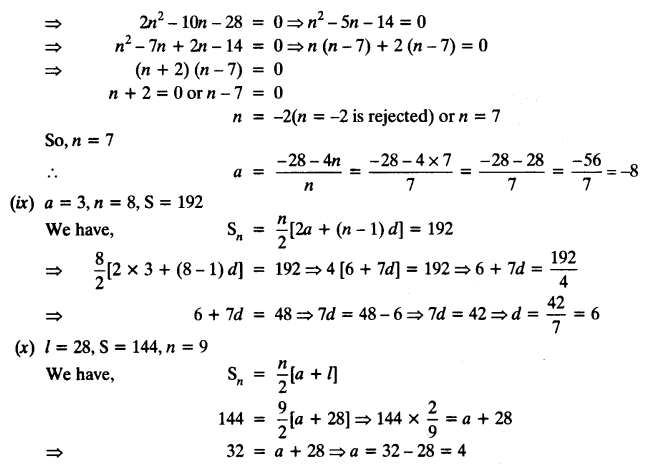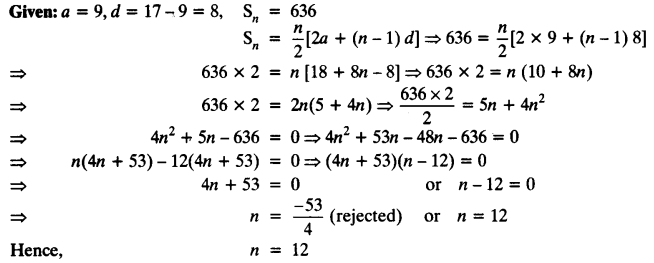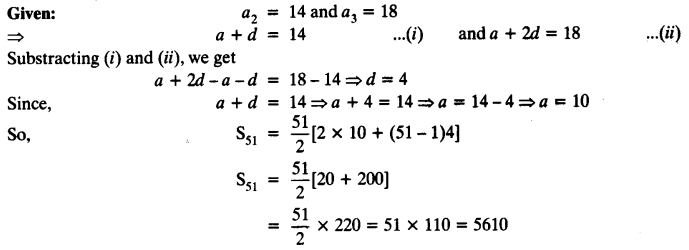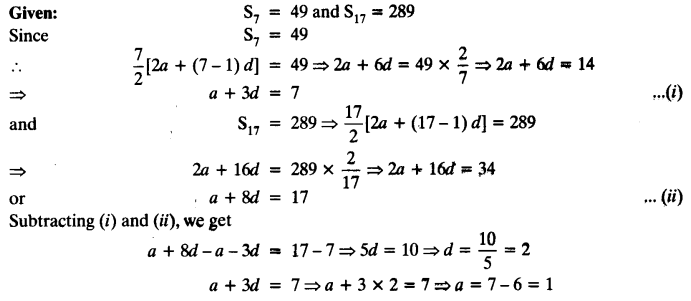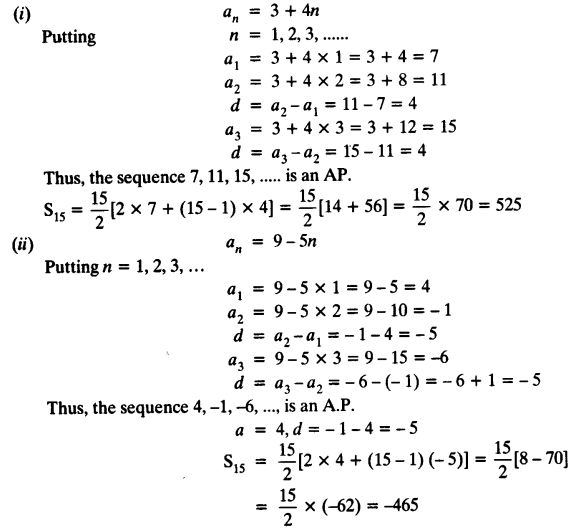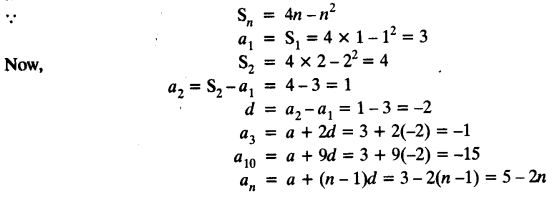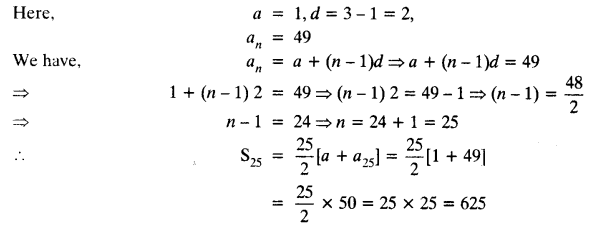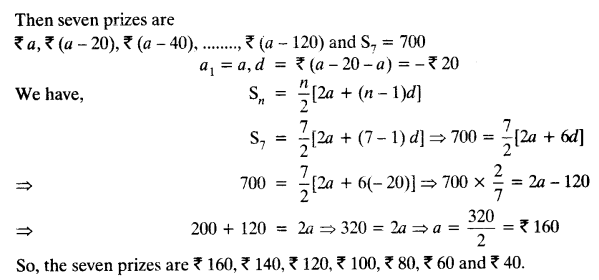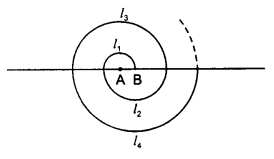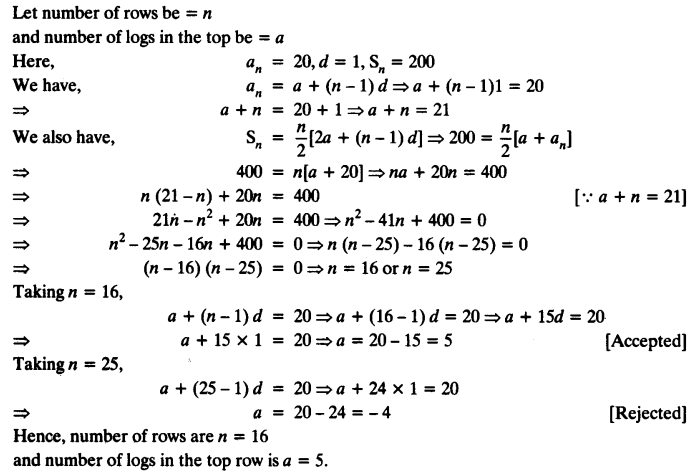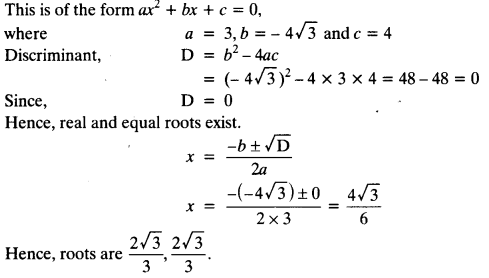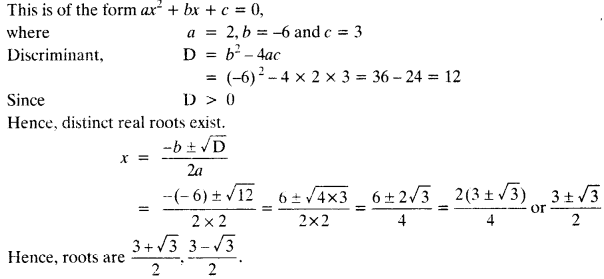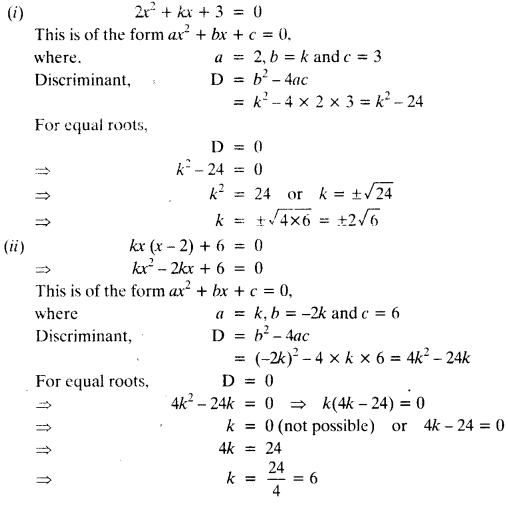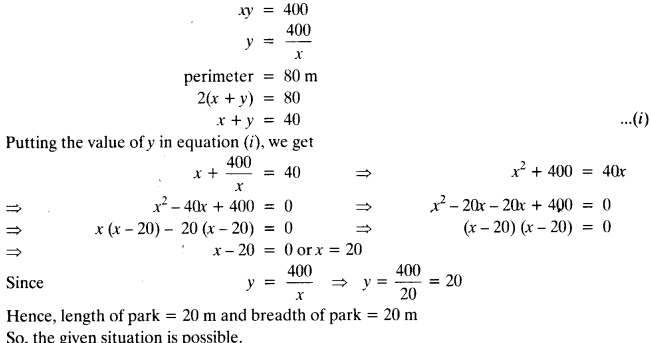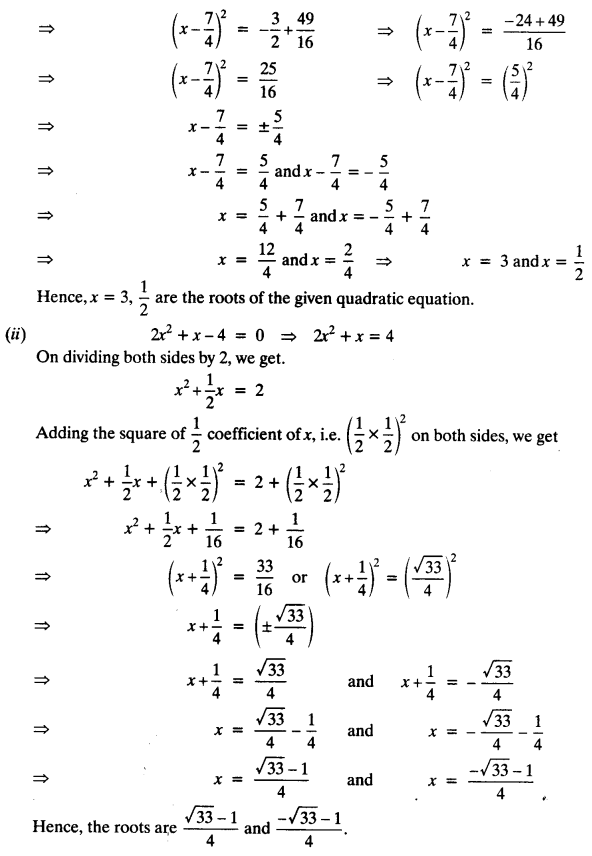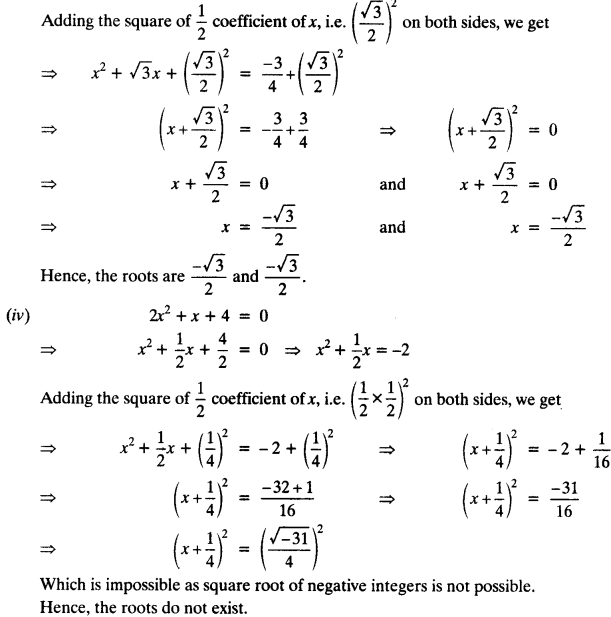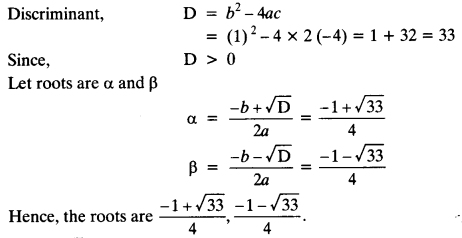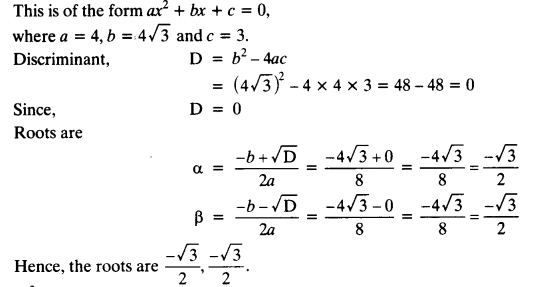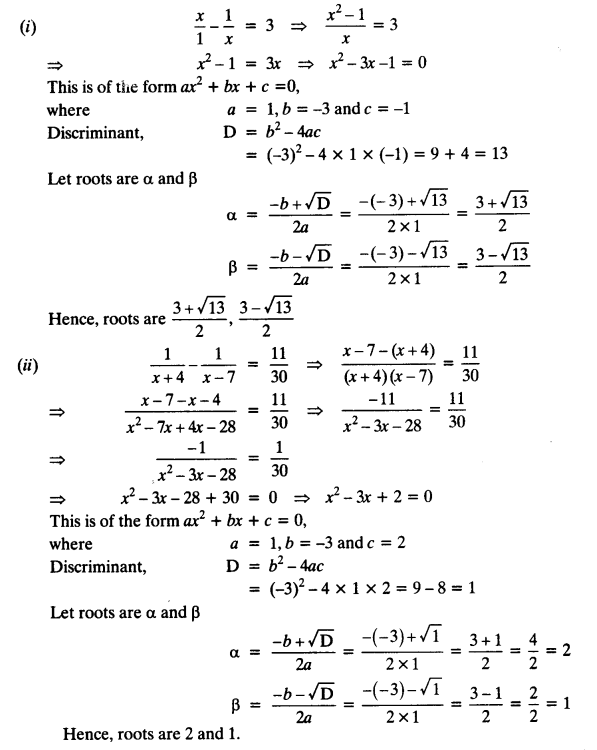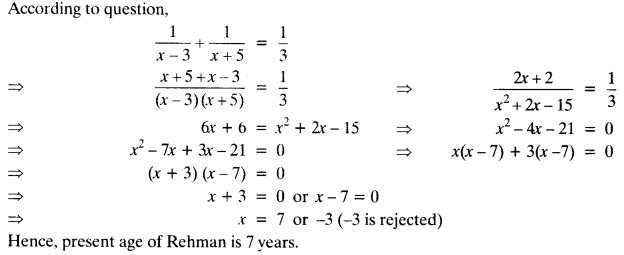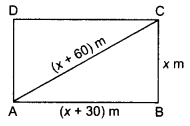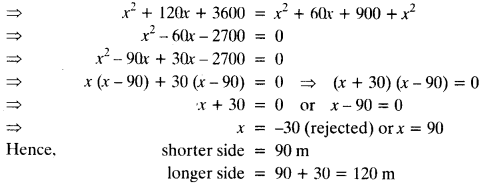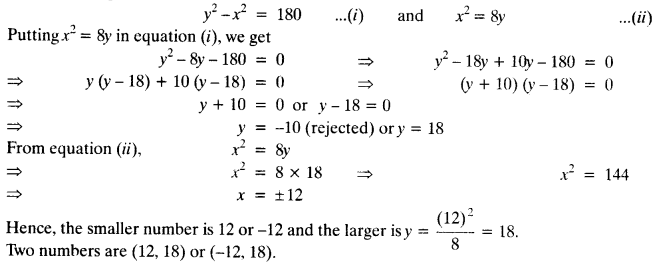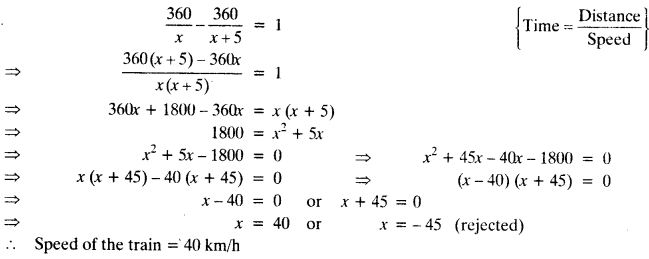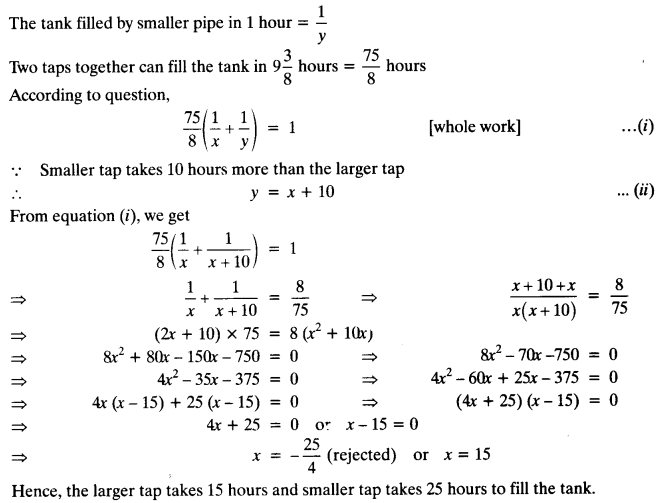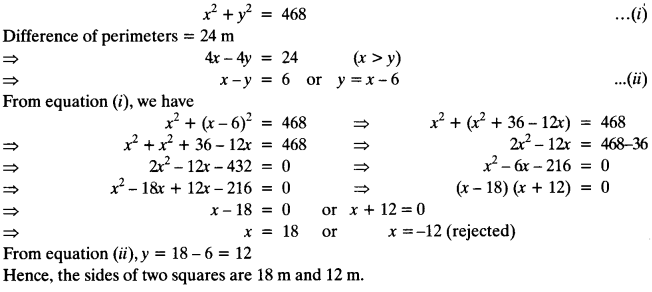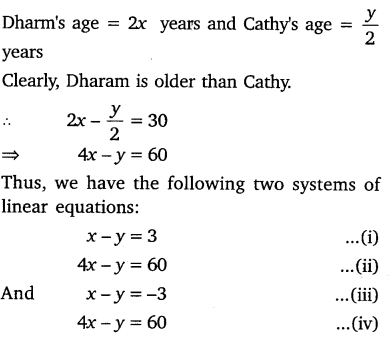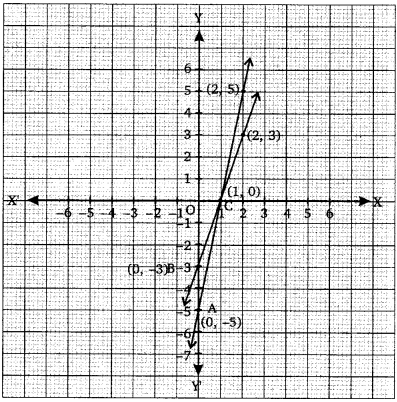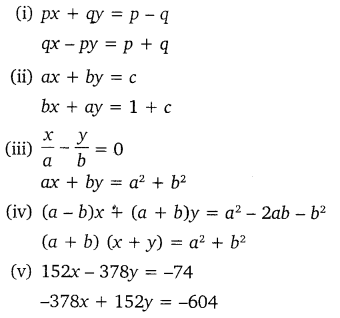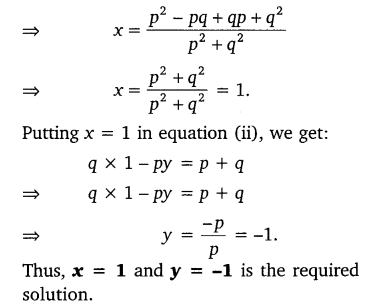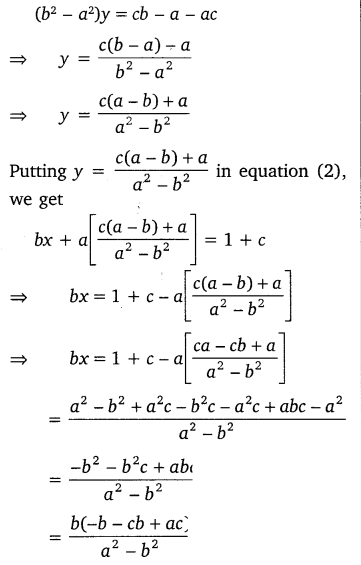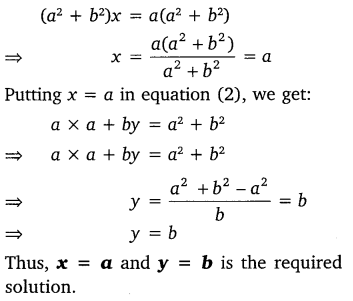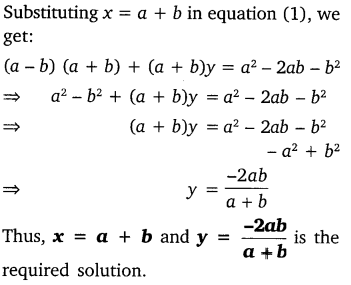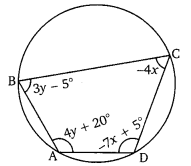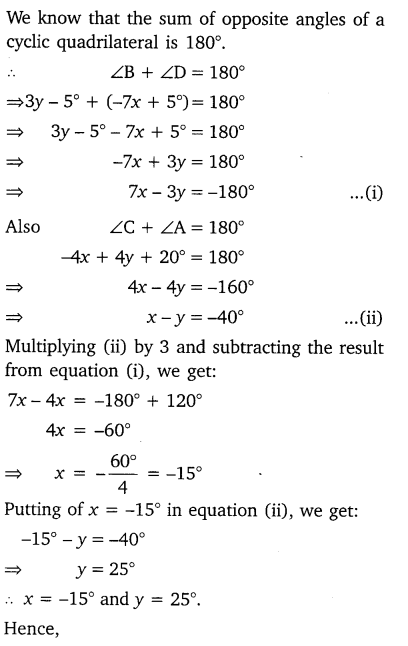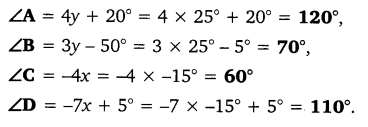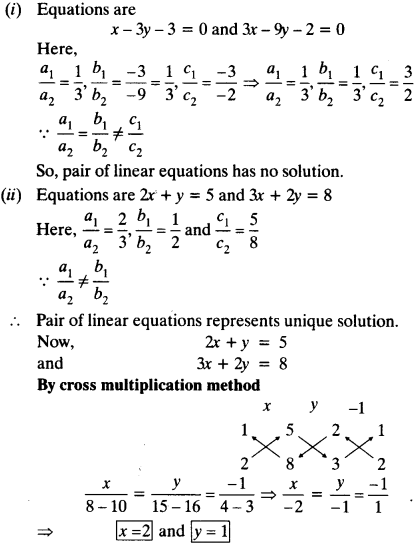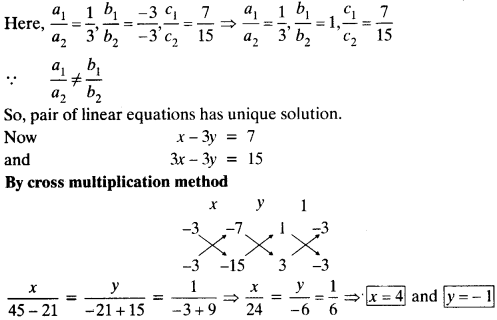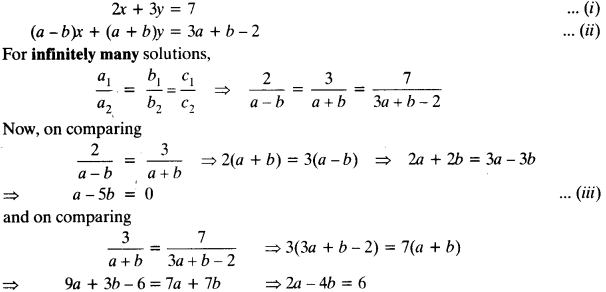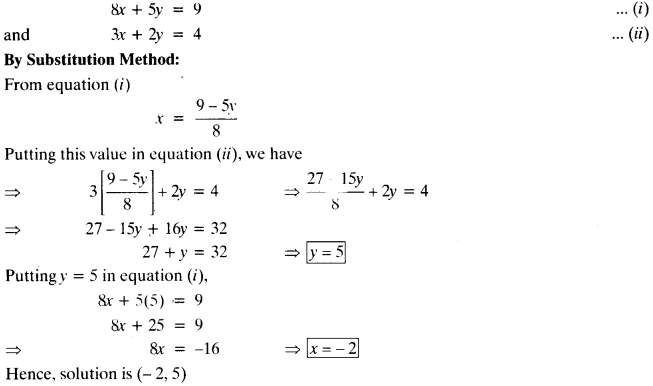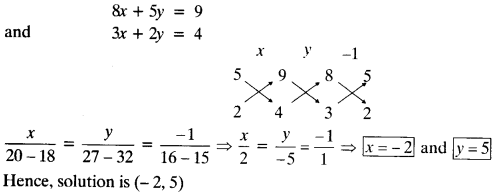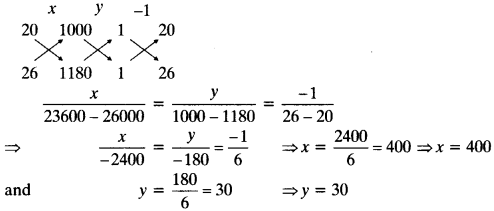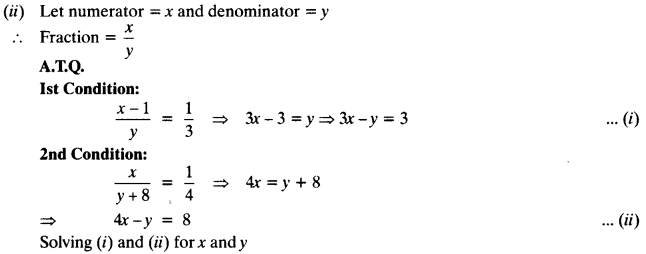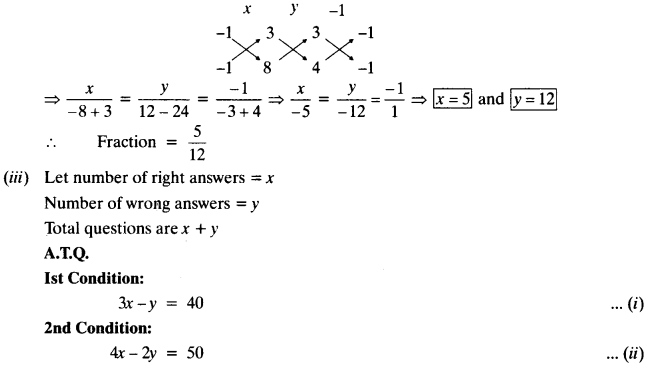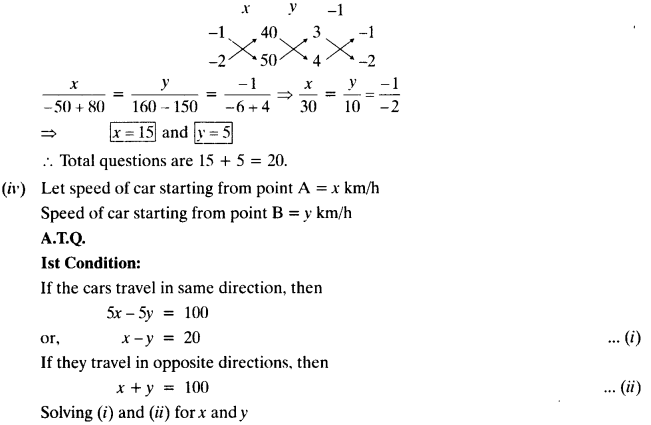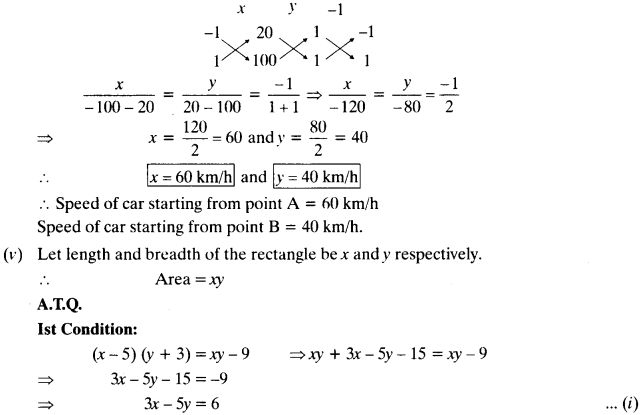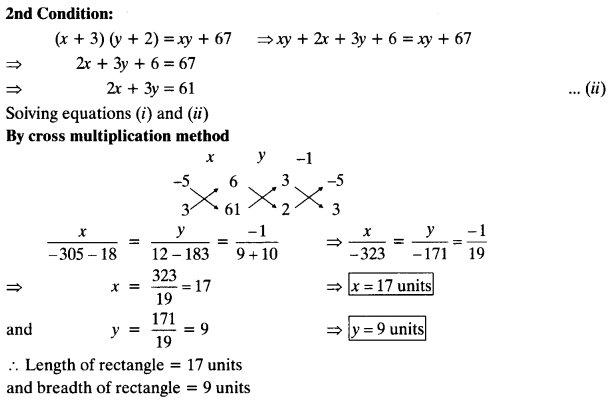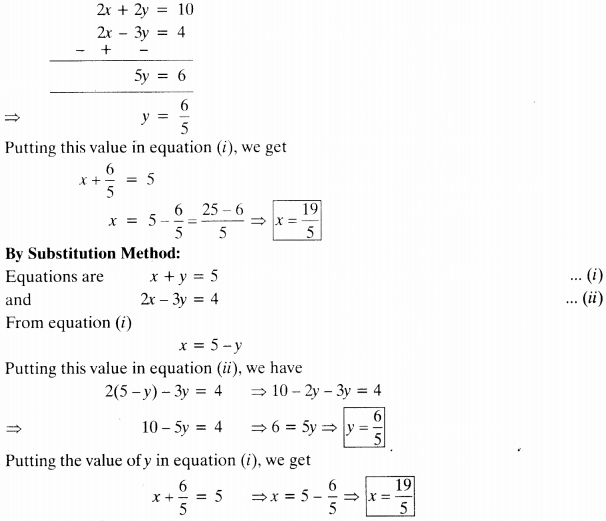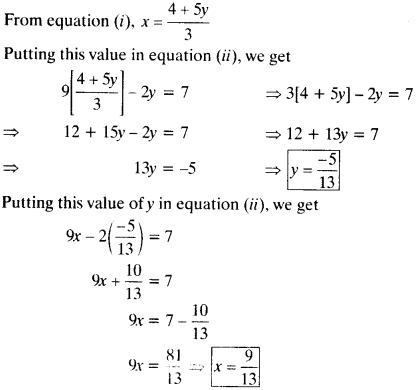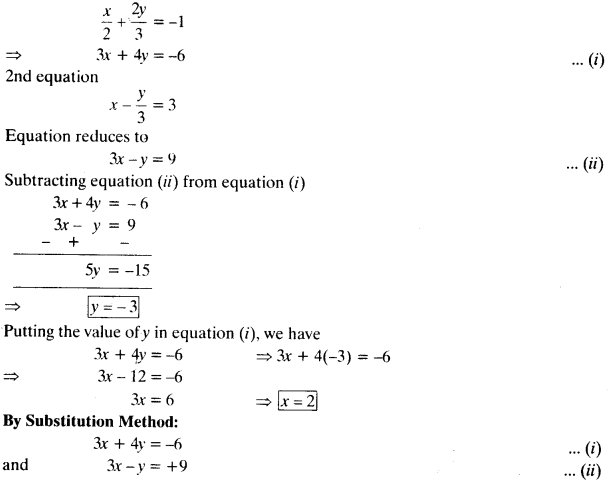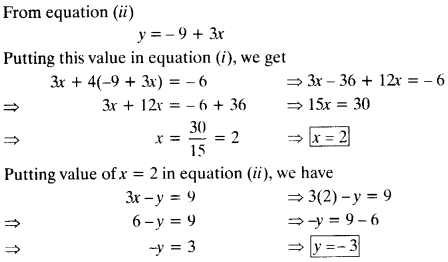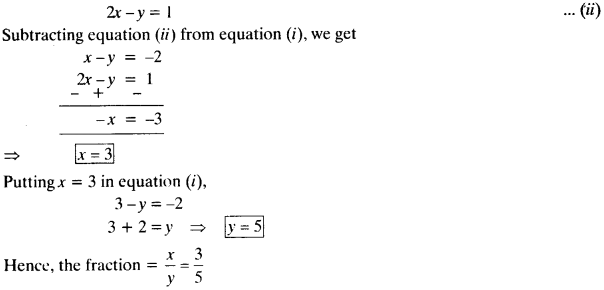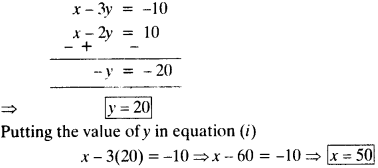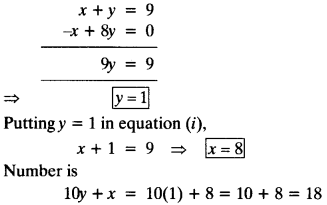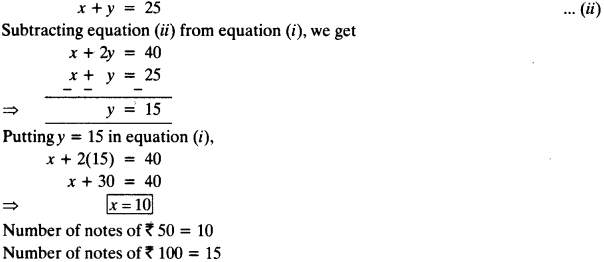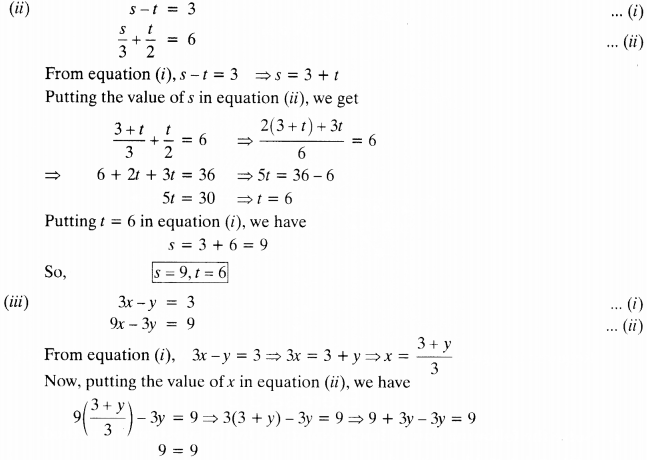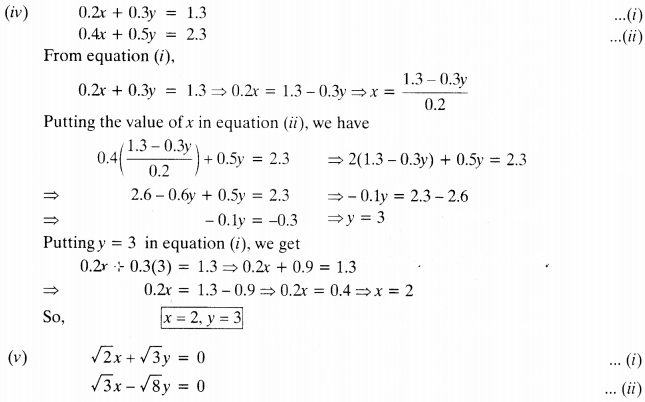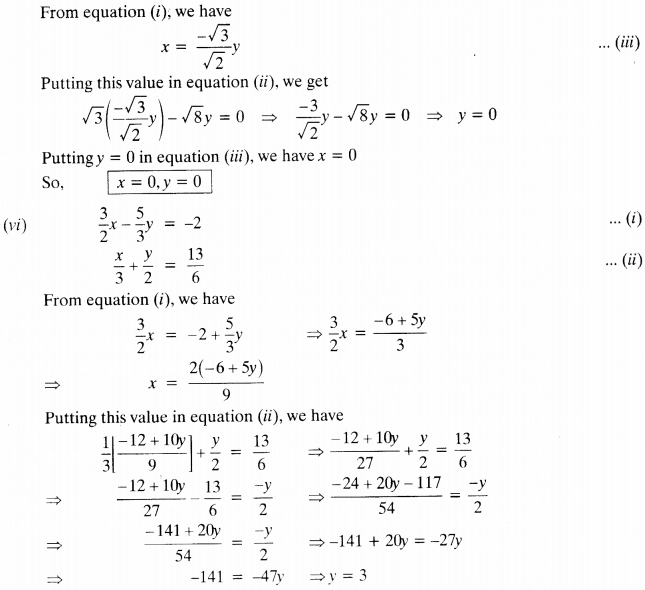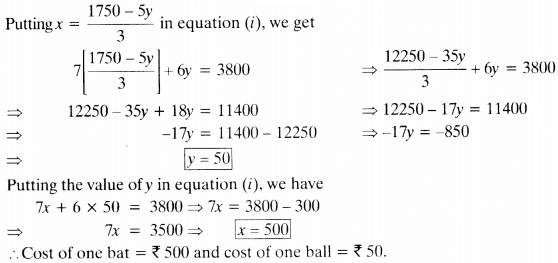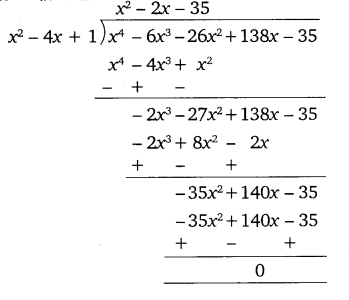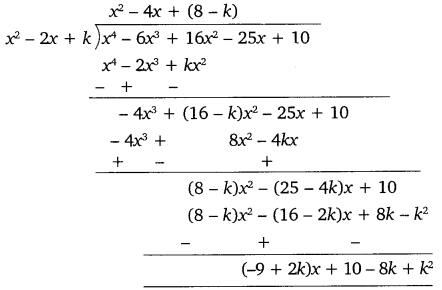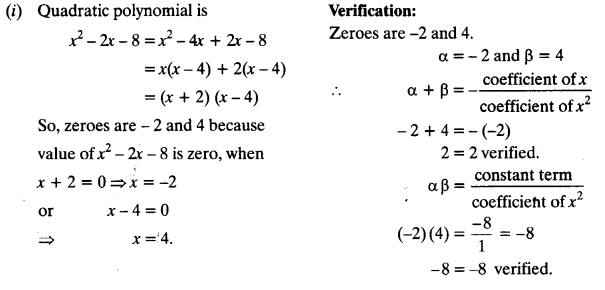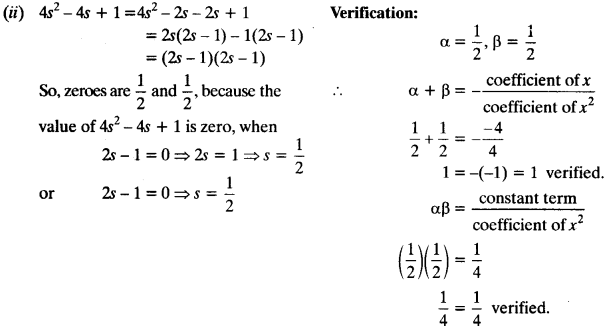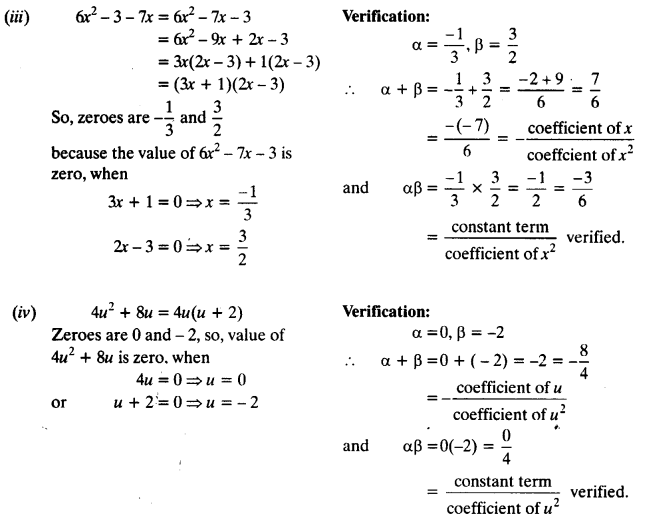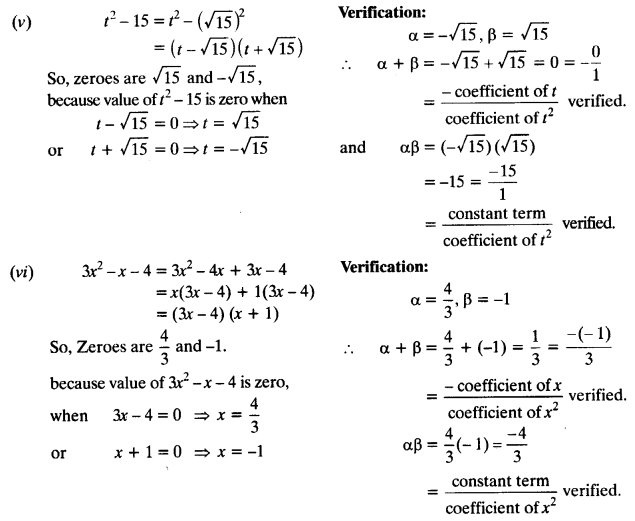NCERT Solutions for Class 10 Maths Chapter 6 Triangles Ex 6.2 are part of NCERT Solutions for Class 10 Maths. Here we have given NCERT Solutions for Class 10 Maths Chapter 6 Triangles Ex 6.2.
| Board | CBSE |
| Textbook | NCERT |
| Class | Class 10 |
| Subject | Maths |
| Chapter | Chapter 6 |
| Chapter Name | Triangles |
| Exercise | Ex 6.2 |
| Number of Questions Solved | 10 |
| Category | NCERT Solutions |
NCERT Solutions for Class 10 Maths Chapter 6 Triangles Ex 6.2
Question 1.
In the given figure (i) and (ii), DE || BC. Find EC in (i) and AD in (ii).

Solution:

Question 2.
E and F are points on the sides PQ and PR respectively of a ∆PQR. For each of the following cases, state whether EF || QR:
(i) PE = 3.9 cm, EQ = 3 cm, PF = 3.6 cm and FR = 2.4 cm
(ii) PE = 4 cm, QE = 4.5 cm, PF = 8 cm and RF = 9 cm
(iii) PQ = 1.28 cm, PR = 2.56 cm, PE = 0.18 cm and PF = 0.36 cm
Solution:
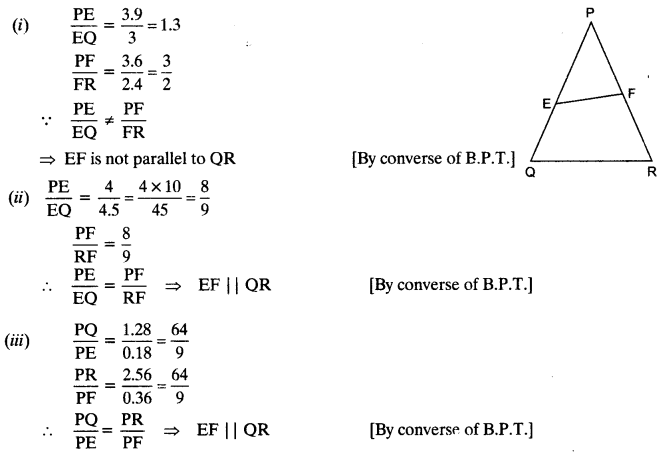
Question 3.
In the given figure, if LM || CB and LN || CD.

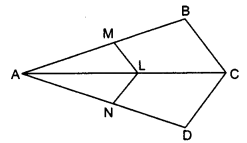
Solution:
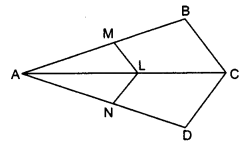

Question 4.
In the given figure, DE || AC and DF || AE.

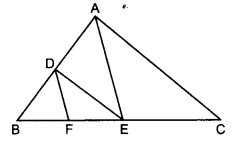
Solution:

Question 5.
In the given figure, DE || OQ and DF || OR. Show that EF || QR.

Solution:
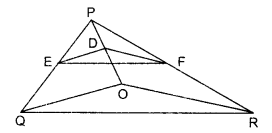
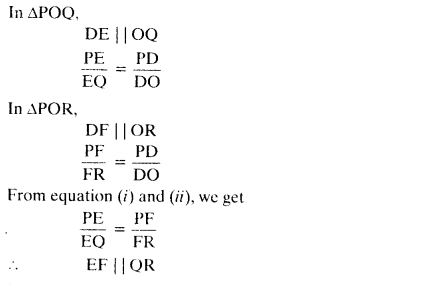
Question 6.
In the given figure, A, B and C are points on OP, OQ and OR respectively such that AB || PQ and AC || PR. Show that BC || QR.
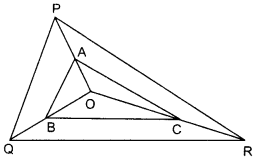
Solution:


Question 7.
Using B.P.T., prove that a line drawn through the mid-point of one side of a triangle parallel to another side bisects the third side.
Solution:
Given: A ∆ABC in which D is the mid-point of AB and DE || BC

Question 8.
Using converse of B.P.T., prove that the line joining the mid-points of any two sides of a triangle is parallel to the third side.
Solution:
Given: A ΔABC in which D and E are mid-points of sides AB and AC respectively.
To Prove: DE || BC

![]()
Question 9.
ABCD is a trapezium in which AB || DC and its diagonals intersect each other at the
Solution:
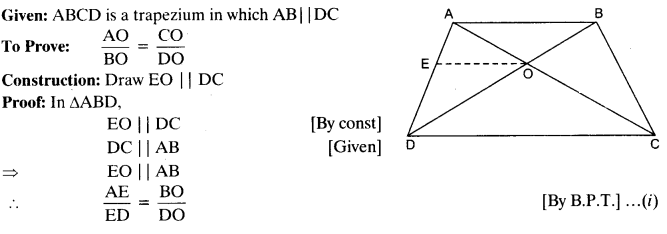

Question 10.
The diagonals of a quadrilateral ABCD intersect each other at the point O such that \(\frac { AO }{ BO }\) = \(\frac { CO }{ DO }\) Show that ABCD is a trapezium.
Solution:
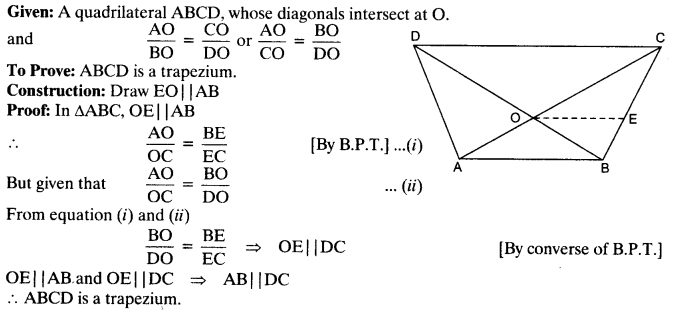
We hope the NCERT Solutions for Class 10 Maths Chapter 6 Triangles Ex 6.2 help you. If you have any query regarding NCERT Solutions for Class 10 Maths Chapter 6 Triangles Ex 6.2, drop a comment below and we will get back to you at the earliest.
